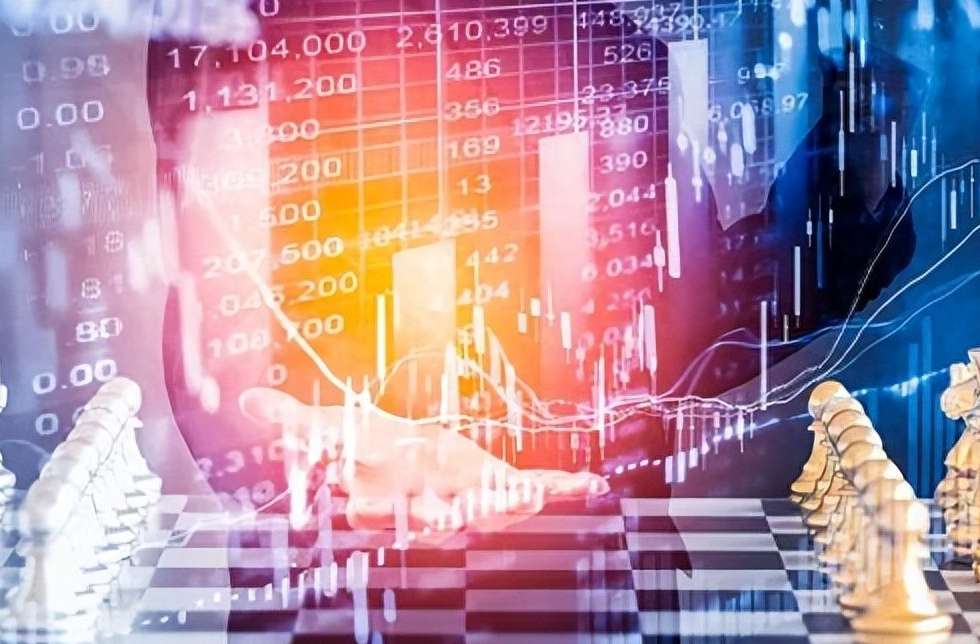U.S. January CPI Surpasses 3%!
Advertisements
The current economic climate in the United States appears increasingly tumultuous, marked by a surge in inflation that has reached levels not seen since July of last year. Recent statistics reveal the Consumer Price Index (CPI) has not only rose for four consecutive months but also presents challenges ahead for the Federal Reserve as it grapples with escalating costs in goods and services while navigating a landscape defined by tariff fluctuations and economic uncertainty.
According to the Bureau of Labor Statistics (BLS), the month of January saw a significant uptick in the CPI by 0.5%, the highest monthly increase since August 2023. When compared to the same month a year prior, the increase was measured at 3%, marking its highest point since June 2024. Certain sectors such as housing and grocery prices were key contributors to this rise, with housing costs accounting for nearly 30% of the inflation increase. A noteworthy factor includes the ongoing impacts of avian influenza that has led to a sharp rise in egg prices, surging more than 50% year-over-year and 15% month-over-month, drawing comparisons to trends not seen since 2015.
Delving deeper into the statistics, the core CPI – which excludes the volatile categories of food and energy – also reflected an upward trend, rising by 0.4% month-over-month and showing a year-over-year increase of 3.3%. These rising figures are alarming, particularly as they coincide with critical needs for the government to maintain a careful balance in its financial management approach.
Further insights reveal that prescription drugs saw a 2.5% record increase, as motor vehicle insurance costs climbed by 2%, alongside hospital services prices that grew by 0.9%. Interestingly, while many staple costs surged, the apparel segment experienced a decline of over 1%, demonstrating that not all areas of the economy are adversely affected by inflationary pressures.
This inflationary pressure may heighten due to the looming prospect of businesses proactively increasing prices in anticipation of heightened tariffs on imported goods. Just recently, President Biden announced a suspension of a proposed 25% tariff on Canadian and Mexican merchandise, leading to speculation regarding impending governmental decisions affecting multiple industries. Analysts widely expect that once these tariffs are fully implemented, the resulting economic strain could further elevate consumer prices.
At a recent congressional session, Federal Reserve Chair Jerome Powell acknowledged the implications of these CPI figures, emphasizing the distance the Fed must still cover to achieve its target inflation rate of 2%. The challenges posed by ferocious inflation might further complicate the new administration's agenda; they range from tax cuts that risk overstimulating a healthy economy to immigration policies that could exacerbate labor shortages and inadvertently inflate wage costs.

Scott Anderson, Chief U.S. Economist at BMO Capital Markets, highlighted that the lower consumer inflation previously observed last summer is now becoming increasingly inconspicuous. The Federal Reserve is faced with the dilemma that current inflation pressures cannot be dismissed as a mere anomaly, but rather seem to suggest a persistent challenge lasting several months.
In light of the recent CPI data, Wall Street forecasters predict the upcoming Core Personal Consumption Expenditures (PCE) price index for January will also reflect a month-over-month increase of 0.4%, though the year-over-year growth may marginally retreat to around 2.7%. Even with this slight retrenchment, the figure remains above the Federal Reserve's targeted inflation goal.
The prospect of interest rate cuts, crucial for stimulating growth, have become increasingly speculative in light of the recent inflation data. Futures markets suggest that the most likely timeline for rate cuts has shifted to December, with probabilities slightly exceeding 70%. Gregory Daco, Chief Economist at EY-Parthenon, cautioned that if inflationary trends continue to be fueled by policy decisions, the inclination towards easing may have to be tempered.
As these developments unfold, there are noticeable shifts within the Federal Reserve, where hawkish sentiments are gaining traction against a backdrop of economic uncertainty. Notably, Board Member Michelle Bowman expressed concern over intensifying inflationary pressures, voicing her observation of potential "upward risks." This perspective resonates with other voting members such as the St. Louis Fed’s James Bullard and the Kansas City Fed’s Esther George, indicating a trend towards a more guarded monetary stance.
In considering economic frameworks, some economists predict that the Federal Reserve might adopt a wait-and-see position throughout 2023. Matthew Luzzetti from Deutsche Bank speculated that the Fed is not far from a neutral interest rate target, which he estimates at approximately 3.75%. Luzzetti underscored the belief that rates could remain marginally above this target, negating the necessity for additional rate cuts in the near term.
Additionally, James Egelhof, Chief U.S. Economist at BNP Paribas, warned that persistent inflation could return by 2025 due to rising tariffs, tightening immigration policies, and ongoing expansive fiscal measures. He remarked that expectations for long-term inflation are subtly on the rise, leading to the conclusion that the Federal Open Market Committee is unlikely to implement rate adjustments until mid-2026.
As the economic landscape continues to unfold, Aditya Bhave at Bank of America postulates that the cycle of interest rate cuts by the Federal Reserve may have reached its conclusion. Meanwhile, Jim Baird, Chief Investment Officer at Plante Moran Financial Advisors, suggested that if inflation accelerates yet again, the potential for interest rate hikes cannot be excluded, with the President's tariff threats possibly prompting a dramatic reversal in Federal Reserve policy in the short run. Reflecting on these developments, Diane Swonk, Chief Economist at KPMG U.S., echoed sentiments of uncertainty surrounding forthcoming government policies, leaving the Federal Reserve in a state of ambiguity regarding its next steps.





Currency ETF Surge: What's Behind the Rally?
U.S. CPI Surprises on the Upside
The U.S. Must Tame Inflation
Analysis of the U.S. Stock Market
SoftBank's Q3 Loss Exceeds Expectations
BYD Smart Driving Concept Stocks Surge!
Apple Teams with Alibaba, Samsung with Zhipu
Apple Accelerates AI Push in China
The Full Market Entry of New Energy
Breakthrough in DeepSeek Technology